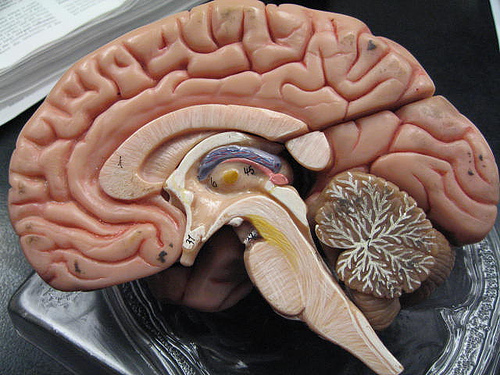This past Sunday, The New York Times carried an article called, “Why Teenagers Act Crazy,” by Dr. Richard Friedman, of New York. The article contains an interesting variation on much of the research on delayed teen brain development, explaining that because different parts of the brain develop at different times, teens experience high levels of fear and anxiety for several years, until the part of the brain that provides judgment and restraint finishes development, by around age 25. By that point, the restraint/judgment function essentially takes control of the fear and anxiety and conquers most of it. We call this maturity. In other words, while delayed brain development is often linked to risk taking and a penchant for doing dangerous things without realizing the level of danger, Dr. Friedman casts the problem as inadequate brain response to fear and anxiety. Here is the link to the Times article: http://nyti.ms/1mrfwfG.
Bill Seymour of the Connecticut Department of Motor Vehicles circulated the article among those involved here in Connecticut in safe teen driving. In response, I posted this comment:
My two cents: As most of you know, delayed teen brain development is a central theme of my blog, my book, and my presentations. It seems to me that the usefulness of this relatively new science to safe teen driving is that it gives parents a biological reason to err on the side of caution, and it allows them to evaluate driving danger without passing judgment on the character or personality of their sons and daughters, or the quality of their own parenting. The immature brain is a biological characteristic that they can do nothing about, except factor it into their supervision.
Then Mario Damiata, a longtime leader on safe teen driving for the National Highway Transportation Safety Administration (NHTSA), chimed in with this thoughtful response on the implications of all of this for regulators and policy makers:
I agree that the science of immature brain development does offer parents insight on how to understand the issue of teen driving in a nonjudgmental and supportive way and to err on the side of caution as it were. It is not precise enough, however, to offer policymakers sufficient insight into which laws and regulations along the enforcement/education continuum to implement. Therefore GDL laws must be broad based in their coverage of risk-taking behaviors that most contribute to death and injury. Education programs must equally open ended in their philosophy of effective behavioral change strategies.
Regrettably, the world of laws and regulations that govern driving behavior by definition must be judgmental and include consequences. This is not a bad thing since they can serve as a complementary tool to the strategies that parents and advocacy groups can implement as the first line of defense. They can also complement broad social norming efforts such as the DMV annual video contest.
I did not want the article to be interpreted in a way to make policymakers believe that there is nothing that can be done. Highway safety programs by their nature hold drivers responsible for their risk taking behaviors (failure to use a seat belt or child safety seat, impaired driving, etc.). With GDL laws, we will just enforce regulations with more enlightenment and understanding of the contributing factors leading to those risk taking behaviors while actively respecting and promoting the outreach offered from a supportive and active parental constituency.



Testing the comment section.